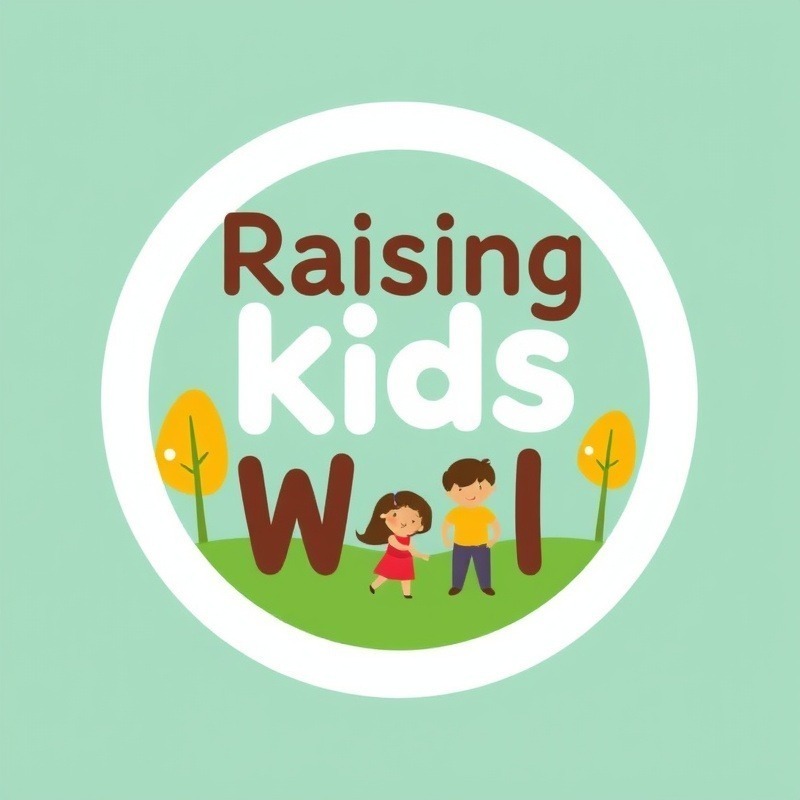
Unlocking the Healing Power of Creativity in Adolescents
As children, creativity flows freely. We sing spontaneously, transition doodles into stunning art, and dance with abandon. However, this innate creativity tends to dwindle with age, often eclipsed by responsibilities and the relentless pull of societal expectations. Nonetheless, creativity stands as a potent tool for healing and self-discovery, especially vital for today's youth navigating a digital-first world.
Creativity: A Path to Emotional Resilience
Research highlights the intrinsic link between creativity and mental health. For adolescents facing challenges like anxiety and cyberbullying, engaging in creative activities such as art, music, dance, and writing creates a safe space for emotional exploration. This connection offers a bridge between their internal struggles and a potential pathway for resilience.
Art becomes a release; teens can express feelings that might remain unvoiced, channeling their emotional turmoil into creative outlets. This transformative process is not merely about producing art but understanding one’s self better through the experience of creating. For instance, through songwriting or painting, adolescents can articulate frustrations and fears that they may not yet have words for. This emotional articulation fosters a deeper connection with themselves, leading to holistic healing.
The Empowering Role of Supportive Communities
Isolation worsens the wounds inflicted by cyberbullying, making it all the more essential to cultivate communities around creativity. Engaging in group art classes, writing circles, or supportive online forums can reshape how adolescents experience connection and expression. They learn to navigate their identities and emotions in unison with others, breaking down feelings of isolation and replacing them with a sense of belonging.
Moreover, supportive adults play a crucial role in this journey. When parents and mentors nurture their teen’s creative endeavors without judgment, they provide a protective space that encourages expression. For example, according to a study by the Adobe Foundation and NAMI, 63% of participants noted an increase in confidence due to creative engagement, highlighting how necessary validation is for adolescents exploring their voices.
Strategies for Fostering Creativity in Teens
Encouraging creativity at home doesn’t require extravagant resources. Here are practical tips for parents to foster creativity in their teens:
- Fill the Creative Well: Inspired by Julia Cameron’s *The Artist’s Way*, encourage your teen to seek inspiration through novel experiences like nature walks or visits to art exhibits.
- Prioritize Non-Judgmental Expression: Create a supportive environment where judgment is suspended. Validate creations by focusing on the process rather than the product, allowing creative exploration to flourish.
- Incorporate Creativity into Daily Routines: Encourage small daily rituals, such as ten minutes of journaling or sketching, to reconnect with their inner creative selves. These practices can act as psychological anchors, especially during tumultuous periods.
- Utilize Creativity as a Coping Strategy: When teens encounter negativity online, encourage them to express this through art. Transforming feelings into tangible expressions helps manage emotions more effectively.
- Build Community Around Creativity: Suggest joining creative clubs or groups. Shared artistic experiences can significantly enhance the sense of belonging and support.
These strategies allow creative expression to not only act as an outlet for pain but also nourish the mind and spirit, leading to improved emotional health.
Arts Therapy: An Effective Mental Health Tool
Engaging in art therapy presents a structured way for teens to harness their creativity while benefiting from therapeutic support. Art therapists combine traditional therapeutic practices with creative processes, allowing for profound emotional exploration. This setting fosters emotional literacy, opening dialogues that might otherwise remain unspoken.
The benefits of creative therapy for teens are extensive, including improved self-awareness, coping skills, and emotional regulation. According to VMA Psych, art therapy sessions help teen participants articulate emotions they struggle to express verbally, offering them the tools to understand their feelings. These expressive outlets can significantly mitigate symptoms of anxiety and depression, while engendering a sense of empowerment among participants.
Conclusion: Embrace the Healing Journey
Creativity and emotional health are profoundly intertwined. By encouraging your teen to explore their creative instincts, you grant them tools they can utilize not just as an escape, but as integral components of their healing journey. Remember, fostering creativity is as much about the process as it is about outcome.
If you’re looking for actionable steps to support your teen’s creative process, consider implementing the above strategies. The journey towards emotional resilience is complex, but with creativity as a guiding light, it can also be rewarding and transformative.
 Add Row
Add Row  Add
Add 



Write A Comment